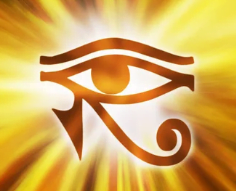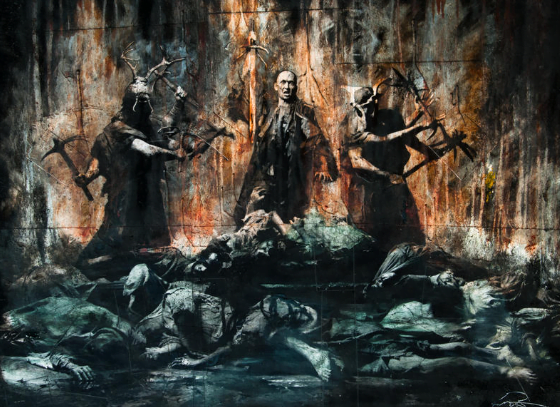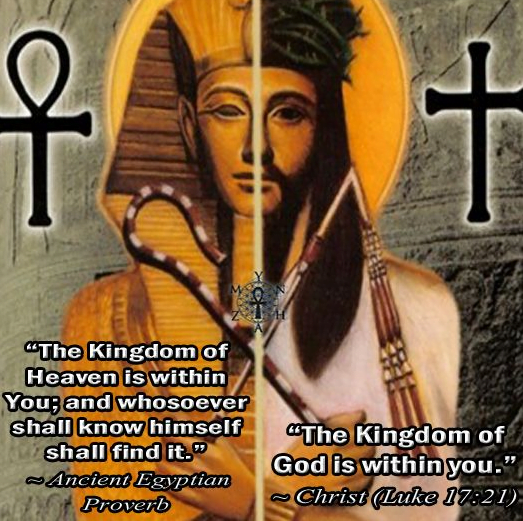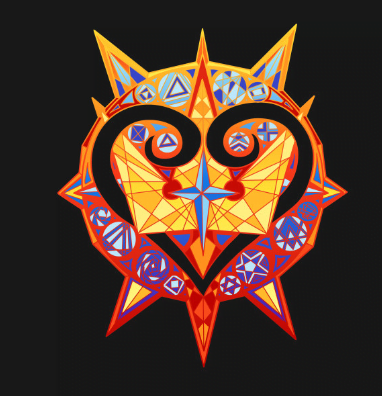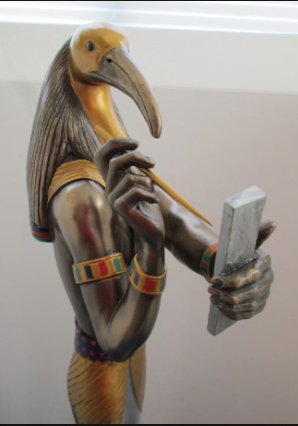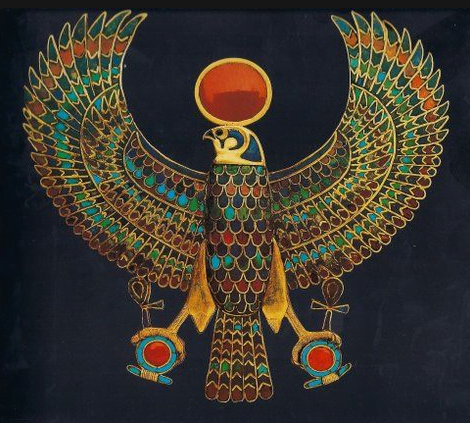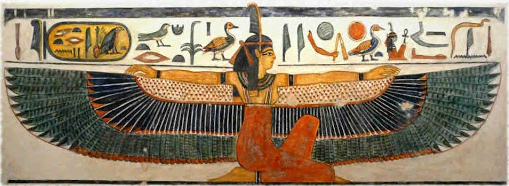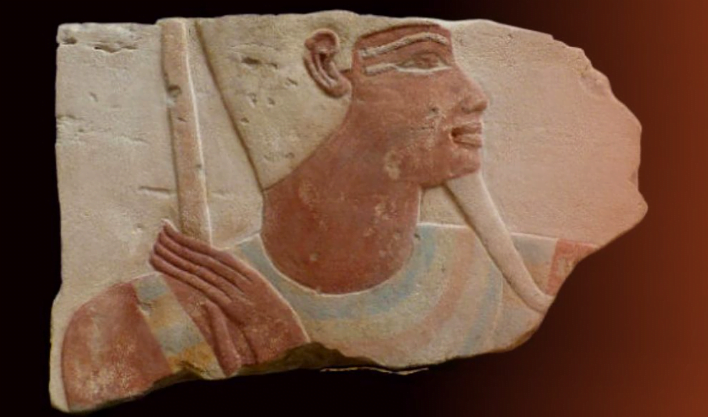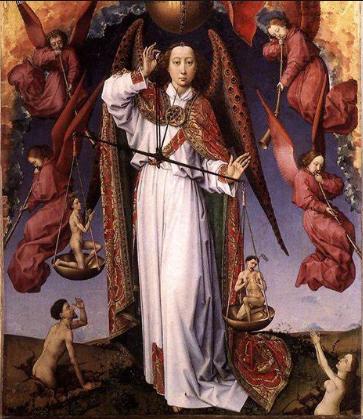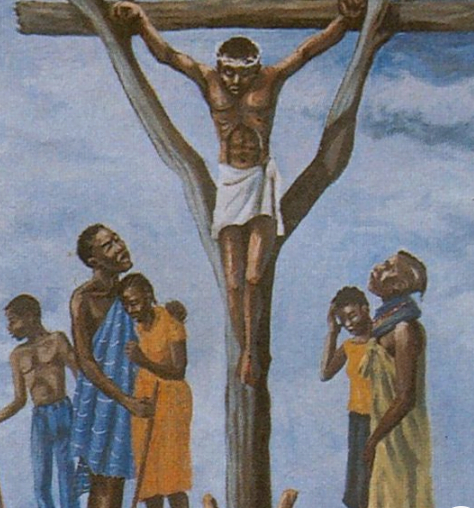Power Grab At Shechem
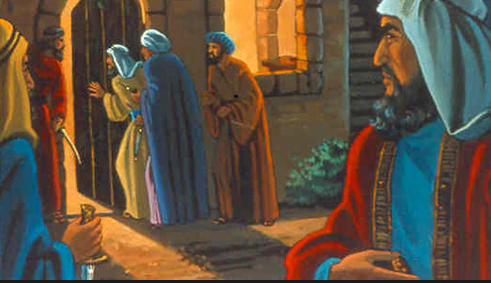
Power grab at Shechem
Israel returned to his old ways of falling away from Yehovah to worship the gods of Canaan after the death of Jerubbaal (Gideon). Jerubbaal had fathered a son by his concubine in Shechem whose name was Abimelech. Upon the death of his father, Abimelech sought to make a power grab at Shechem by conspiring with his mother’s family. Consequently, the plot which they concocted involved Abimelech proclaiming himself as king after killing off his sixty-nine half-brothers from other wives of Jerubbaal.
Yehovah not pleased with the power grab
Abimelech’s and his conspirators’ treachery resulting in the power grab at Shechem did not go unnoticed by Yehovah. Jotham, the surviving son who had hidden himself, hearing of the dirty deed, prophesied they would be turned against one another. When Yehovah sent an evil spirit between the two parties, the men of Shechem turned their treachery against Abimelech. God set in motion a series of events which resulted in the conspirators paying the price for shedding the blood of Jerubbaal’s sons. Men of Shechem, becoming disenchanted with Abimelech’s rule, began an insurrection in the mountains. They bad mouthed Abimelech and started robbing everyone who came along their way.
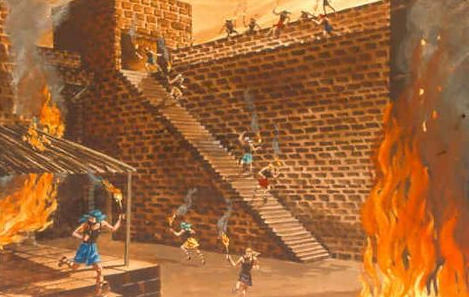
Gaal, the leader of the insurrection, had been signifying against Abimelech. And Zebul, ruler of the city at Shechem, heard his boasts and sent word to Abimelech. Zebul advised Abimelech to march through the night and set the attack against the city at daybreak. As Gaal looked out the gate at dawn he saw a horde of four military companies coming down the mountains in attack mode. Zebul chided him for his boasting and prodded him to join the fight. Abimelech chased him; and he and his fellows were thrown out of the city. The next day Abimelech beat down the city and burned out the men and women who fled to the hold of the house of their god Berith.
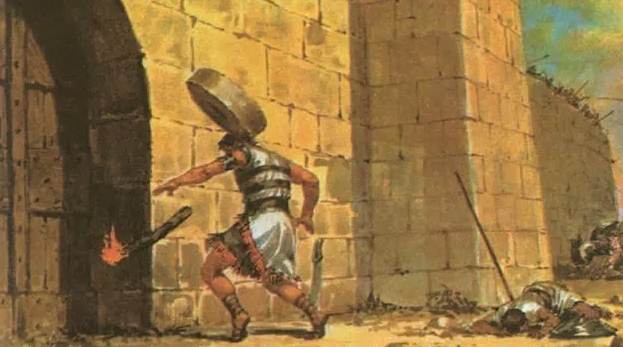
Consequences of power grabbing
Following the fall of Shechem, Abimelech went on to set the battle in array against Thebez. He succeeded in conquering the city. However, there was a strong tower within the city to which all the men and women fled. They got to the top of the tower and proceeded to shut off access. Abimelech fought against the tower; and came close up to the door to burn it with fire. As fate would have it, there was a certain woman who threw a millstone from the tower which landed on Abimelech’s head, breaking his skull. Consequently, Abimelech asked his armorbearer to kill him so that it would not be said that he was killed by a woman.
Therefore, this biblical narrative in Judges 9 concludes that Yehovah has rendered evil upon those who have conspired through evil to make a power grab at Shechem. Jotham’s prophecy, although not immediate, had eventually come to pass. This example begs the question regarding people who have corrupted their way in order to grab power, how will they indeed be recompensed by God?
